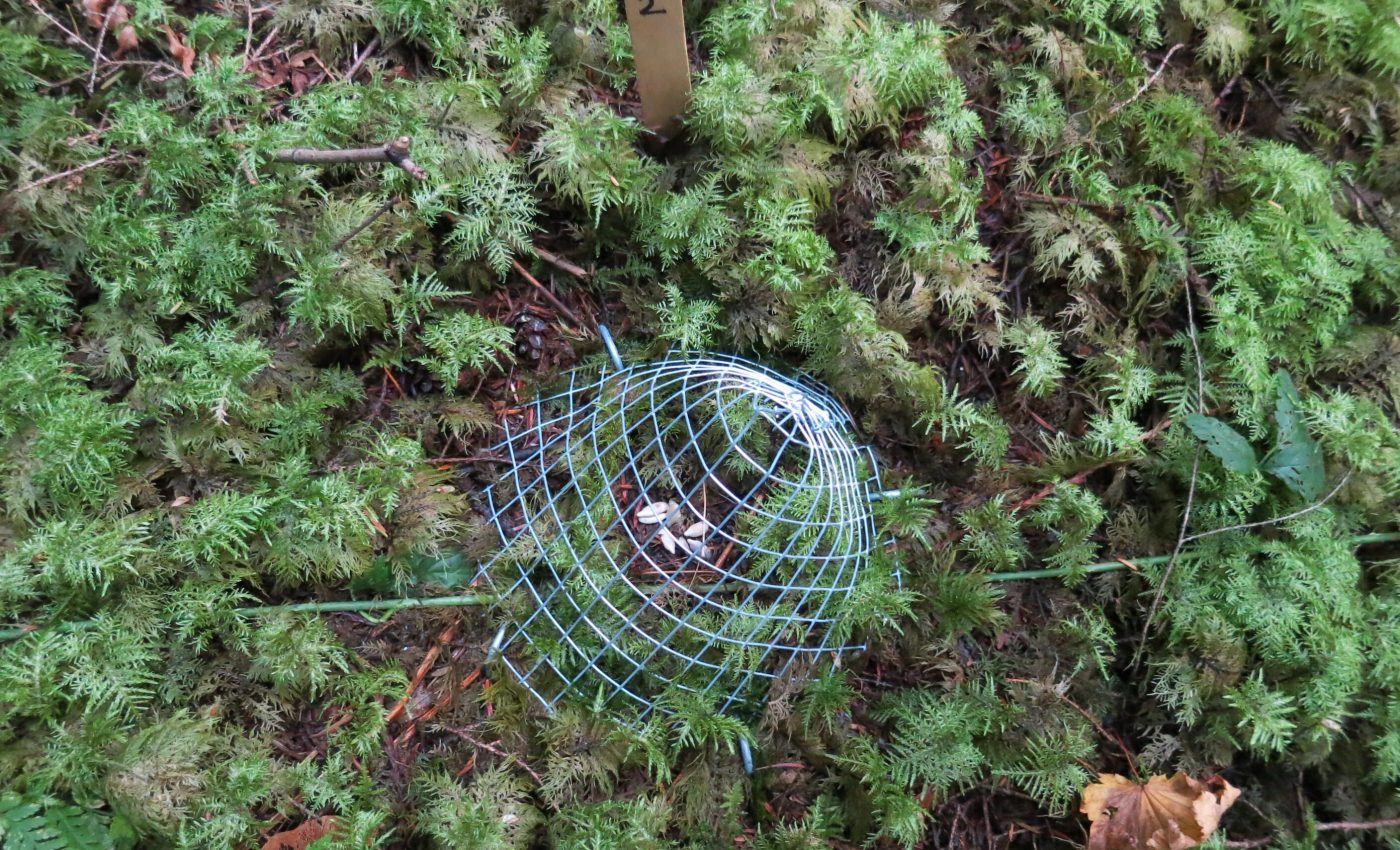
Interaction between species is greater towards the tropics, lowlands
Researchers from the University of British Columbia conducted one of the largest field experiments to investigate the Darwinian theory that species located in the tropics and lower elevations interact more with other species than anywhere else in the world. And, as stated in Science Advances, the team ultimately proved the theory true.
“Theory predicts that interactions among species — like predation and competition — will be strongest in the warm, productive, biodiverse ecosystems of the tropics and at low elevations,” said lead author Anna Hargreaves, formerly of the UBC Biodiversity Research Centre and currently a professor at McGill University.
“For example,” she continued, “the spectacular diversity of tropical trees is thought to result partly from stronger interactions between plants and the animals that prey on their seeds, which shapes how and where plants grow and adapt.”
To test this theory, the international team of researchers left seeds outside for 24 hours to see how many would be consumed by animals. They dropped a total of seven thousand seed beds across 70 sites from Alaska to the Equator.
After several go-throughs of the same experiment, the team found that seed consumption/predation increased 2.6% for every 10 degrees latitude toward the Equator. Furthermore, seed consumption increased 0.4% for every 100-meter decline in elevation.
Overall, seed predation increased 17% between Alaska and the Equator and 17% from 4,000 meters above sea level to sea level.
“These interactions form the basis of how ecosystems function and the direct benefits of those ecosystems to human society,” said team member Santiago David, a PhD student at UBC. “Understanding global patterns in key interactions between species, such as seed predation, is essential when we think about managing or restoring the ecosystems, especially in the face of climate change.”
Researchers also found that this large-scale pattern is being driven by the smallest of animals — mainly insects and invertebrates.
Compared to a similar study that found that attack rates of clay model caterpillars increased in lower latitudes, Hargreaves noted that “invertebrates [appear to] play an outsized role in the community dynamics and evolution of tropical and lowland ecosystems.And yet we know relatively little about invertebrates, for example, how climate change is affecting their populations.”
The team will now use fake caterpillars alongside seeds to see if this theory remains true for other forms of predation.
—
By Olivia Harvey, Earth.com Staff Writer













